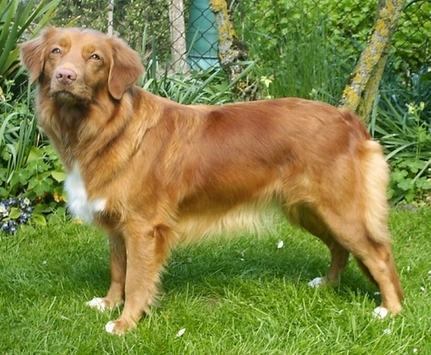UK Breed Standard

A Breed Standard is the guideline which describes the ideal characteristics, temperament and appearance of a breed and ensures that the breed is fit for function. Absolute soundness is essential. Breeders and judges should at all times be careful to avoid obvious conditions or exaggerations which would be detrimental in any way to the health, welfare or soundness of this breed. From time to time certain conditions or exaggerations may be considered to have the potential to affect dogs in some breeds adversely, and judges and breeders are requested to refer to the Breed Watch section of the Kennel Club website here http://www.the-kennel-club.org.uk/services/public/breeds/watch for details of any such current issues. If a feature or quality is desirable it should only be present in the right measure. However if a dog possesses a feature, characteristic or colour described as undesirable or highly undesirable it is strongly recommended that it should not be rewarded in the show ring.
CHARACTERISTICS - Jumps and plays to lure waterfowl into decoy. Retrieves dead and wounded birds. Strong swimmer.
TEMPERAMENT - Kind, confident, intelligent, easy to train. Playful.
HEAD AND SKULL - Clean-cut skull, slightly wedge shaped. Broad, slightly rounded. Occiput not prominent. Cheeks flat. Moderate stop. Muzzle tapers from stop to nose. Nostrils well developed. Nose flesh-coloured or black.
EYES - Medium size, almond-shaped, well set apart. Friendly, alert expression. Brown to amber, blending with coat colour. Eye rims flesh coloured or black.
EARS - Triangular, dropped ear of medium size. Set high and well back on skull. Base held very slightly erect. Well feathered at back of fold, hair shorter at rounded tips.
MOUTH - Jaws strong with a perfect, regular and complete scissor bite, i.e. upper teeth closely overlapping lower teeth and set square to the jaws. Teeth sound and strong. Softness of mouth essential. Lips tight fitting, flesh-coloured or black.
NECK - Medium length, strongly muscled, well set-on, no indication of throatiness.
FOREQUARTERS - Shoulders well laid back, muscular, medium length. Elbows close to body. Forelegs straight andstrong. Pasterns strong, slightly sloping.
BODY - Deep chested, ribs well sprung, brisket reaches to elbow. Back short, level top line. Loins strong and muscular. Moderate tuck-up.
HINDQUARTERS - Well muscled. Stifles well bent, hocks well let down, turning neither in nor out.
FEET - Medium-sized, round, tight. Toes well arched and strongly webbed. Pads thick, blending with coat colour.
TAIL - Set-on, slightly sloping towards croup. Broad at base, well feathered; reaching the hock. Carried below level of back at rest; when alert, curves over, not touching back.
GAIT/MOVEMENT - Impression of power, springy, jaunty with good reach of forelegs and strong rear drive; parallel movement fore and aft. Single tracks at speed; head carried almost level with back.
COAT - Straight, repellent, double coat of medium length and softness with a softer, dense undercoat. Slight wave on back allowed. Feathering at throat, behind ears and at back of thighs. Forelegs moderately feathered.
COLOUR - All shades of red or orange with lighter featherings and underside of tail. White markings usual in at least one of the following places: tip of tail, feet not extending beyond the pasterns, chest and blaze. Lack of white not to be penalised. Any black in coat highly undesirable.
SIZE - Ideal height: dogs: 48-51 cm (19-20 in); bitches: 45-48 cm (18-19 in).
Male animals should have two apparently normal testicles fully descended into the scrotum.
Copyright The Kennel Club
Reproduced with their kind permission
